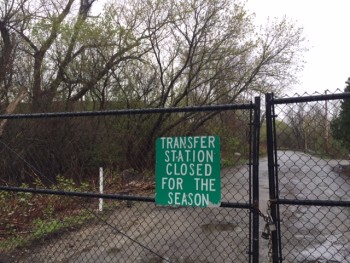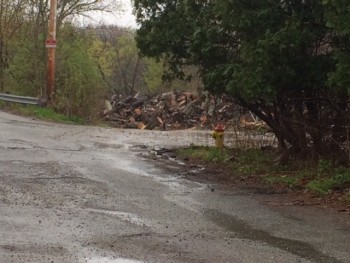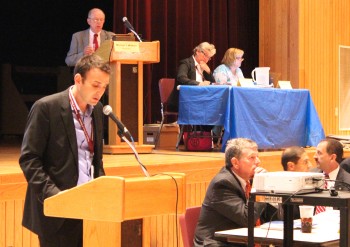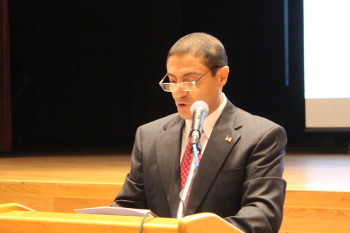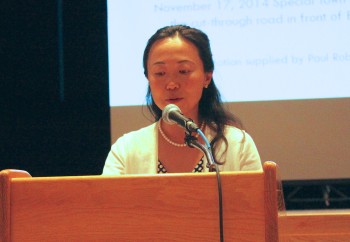Photo: Rendering of the new Minuteman High School.
Three articles will be before the 290 Town Meeting Members as a Special Town Meeting convenes tonight, Wednesday, May 4 at 7:30 p.m. in the Belmont High School auditorium.
Topping the agenda will be a vote to authorize the issuance of $144 million in bonds to finance the construction of a new Minuteman Technical High School. Last week both the Board of Selectmen and the Warrant Committee voted “unfavorable action” on the article, contending the building constructed to house approximately 630 students is far too big for the roughly 360 students who attend from the 10 district city and towns.
Last week both the Board of Selectmen and the Warrant Committee voted “unfavorable action” on the article, contending the building constructed to house approximately 630 students is far too big for the roughly 360 students who attend from the 10 district city and towns.
The Selectmen also noted Belmont would be required to pay between $350,000 to $500,000 annually to fund its share of the building’s cost, money that would require the town seek a debt exclusion to fund the building.
Supporters counter this “right-sized” building will quickly attract both students who are increasingly seeking practical educational options and towns that will join the school district to ensure their students will have a place at the table.
While the second article – taking the $1.7 million the town received from the sale of town-owned land adjacent to Woodfall Road to fund the feasibility study and other expense of the renovation/new construction at Belmont High School – appears straight forward, Selectman Jim Williams has filed an amendment. He is seeking a debate on whether there is a more appropriate funding source for this venture.
For example, Williams points to the approximately $3 million Kendell Fund – established with money from the insurance after the Kendell School building burned down – which was specifically created to pay for feasibility studies of municipal projects. Williams’ amendment received a 2-1 “unfavoriable action” vote from his fellow Selectmen. Williams had said he will support Article 2 whether his amendment is accepted.
The final article would appropriate $1.45 million in free cash – some call the line item the town’s “savings account” – to the purchase of six modular classrooms to be constructed on the tennis courts of the Chenery Middle School to help elevates the ongoing enrollment crunch.
